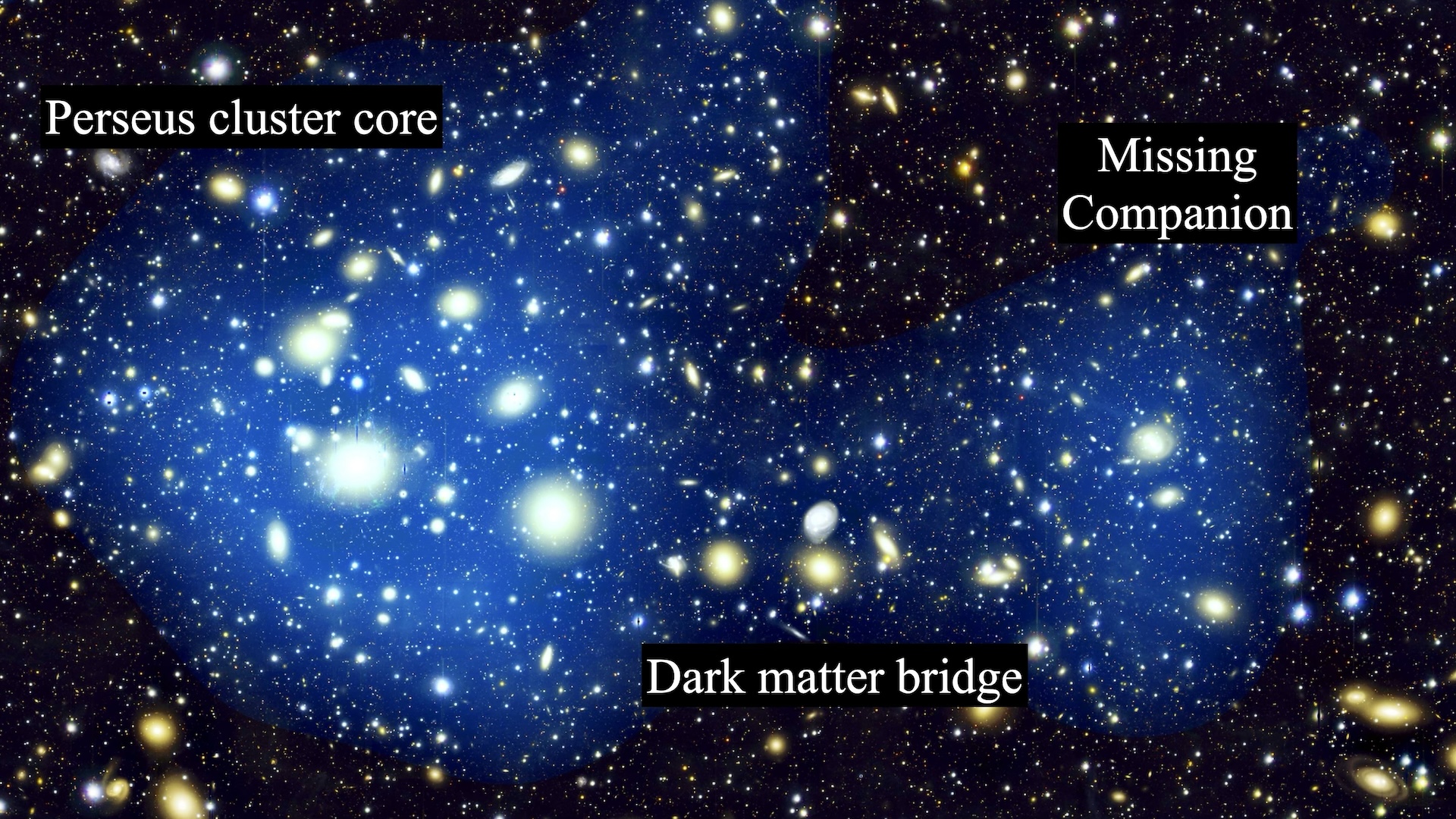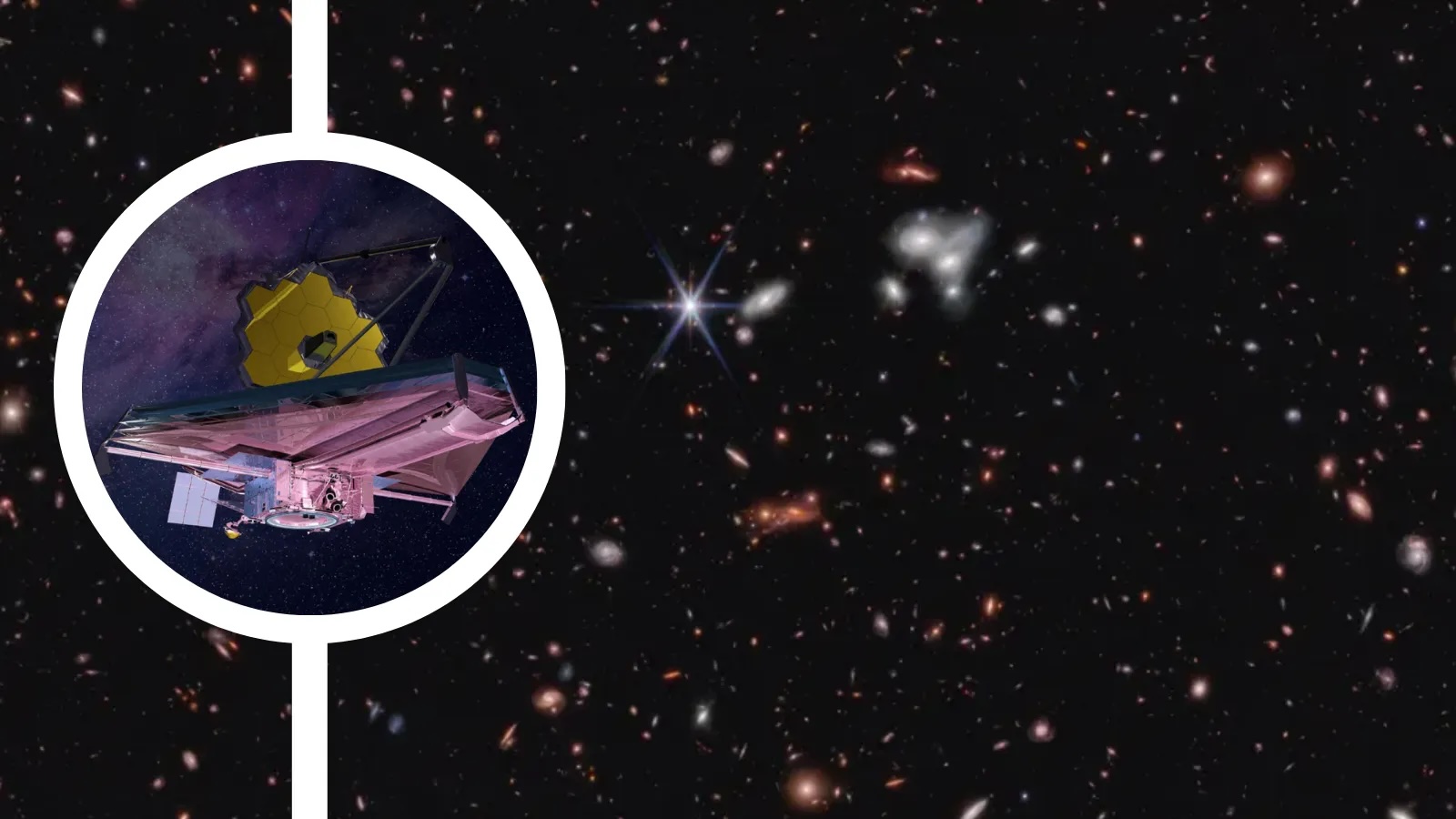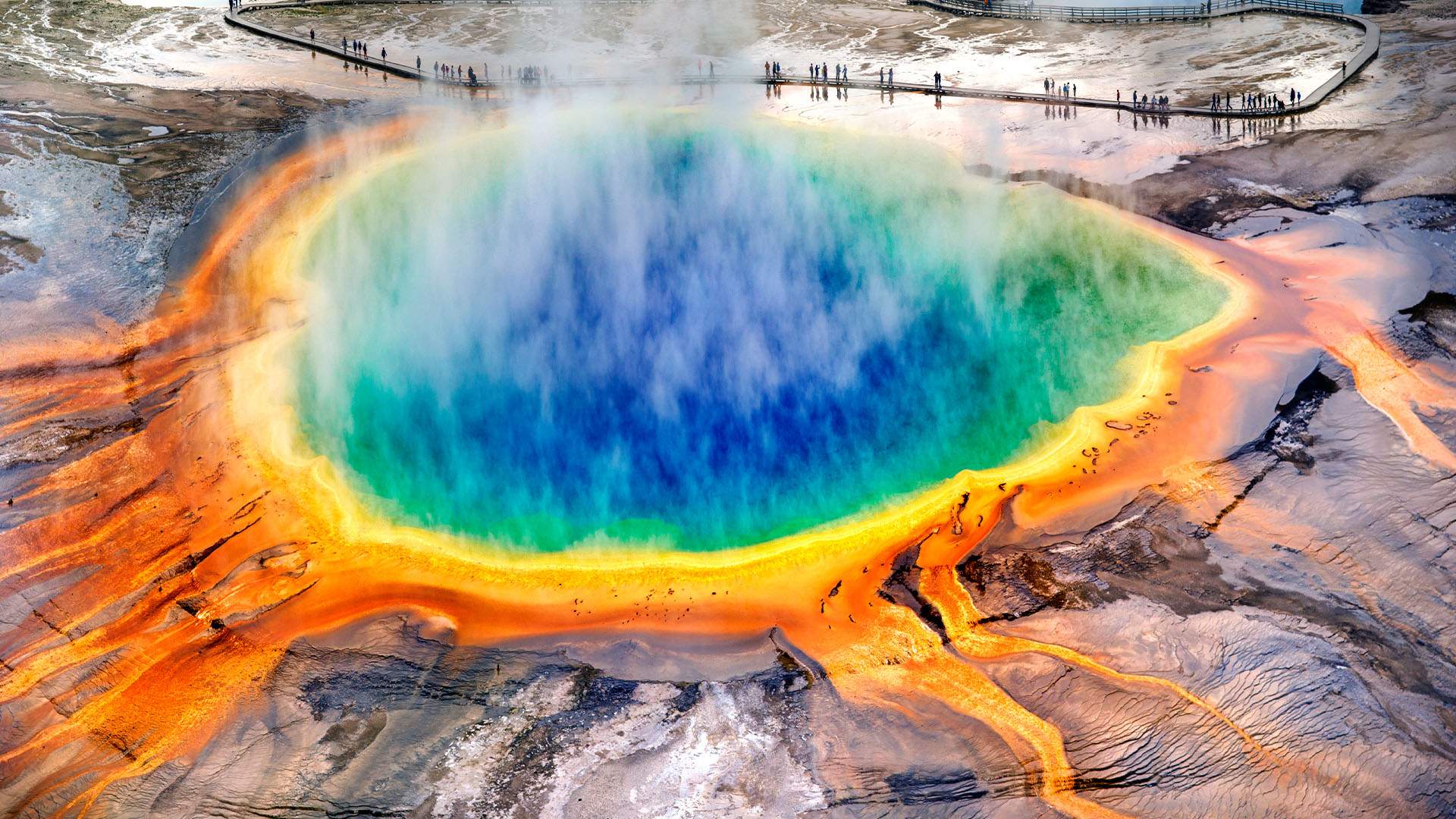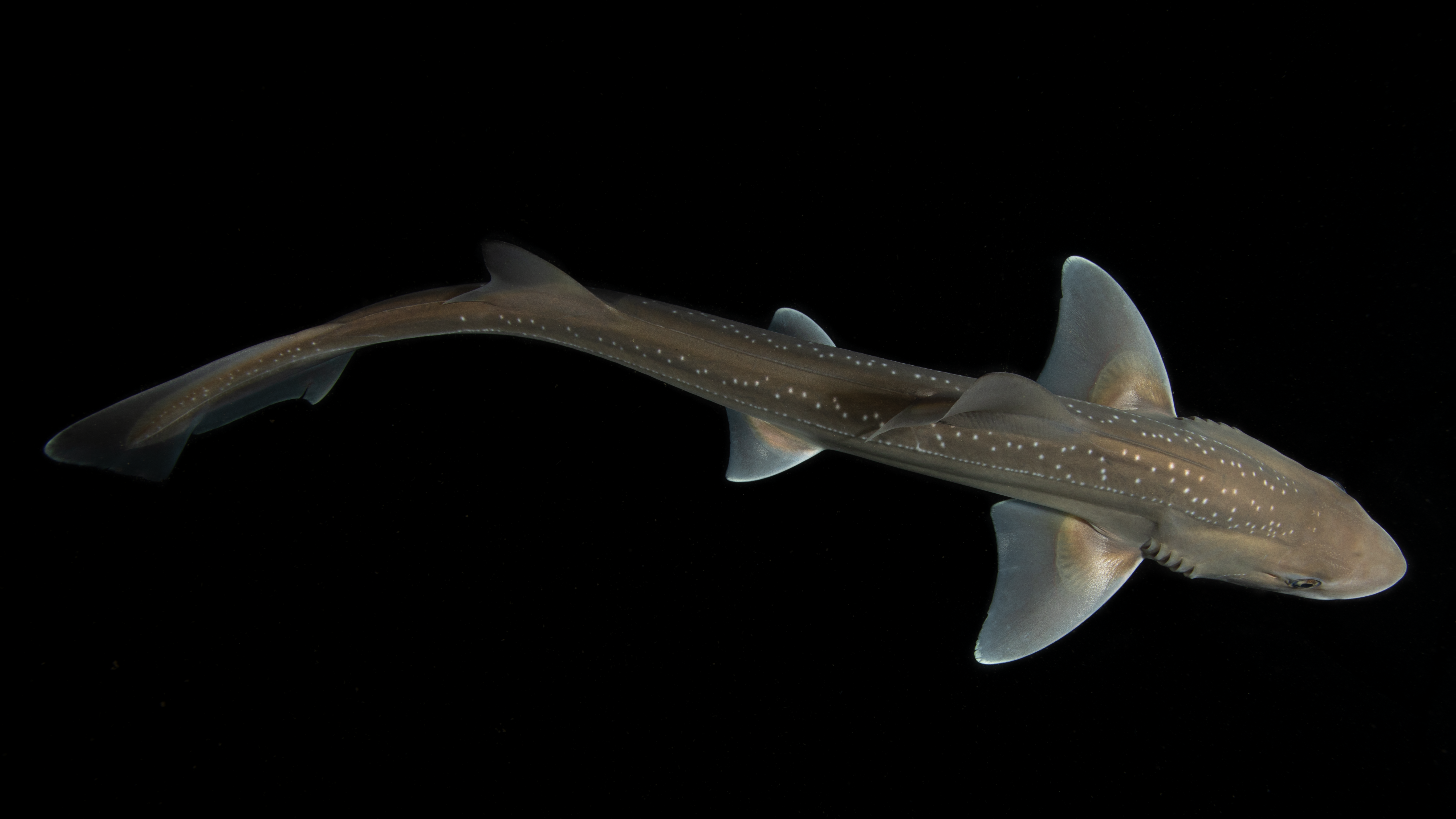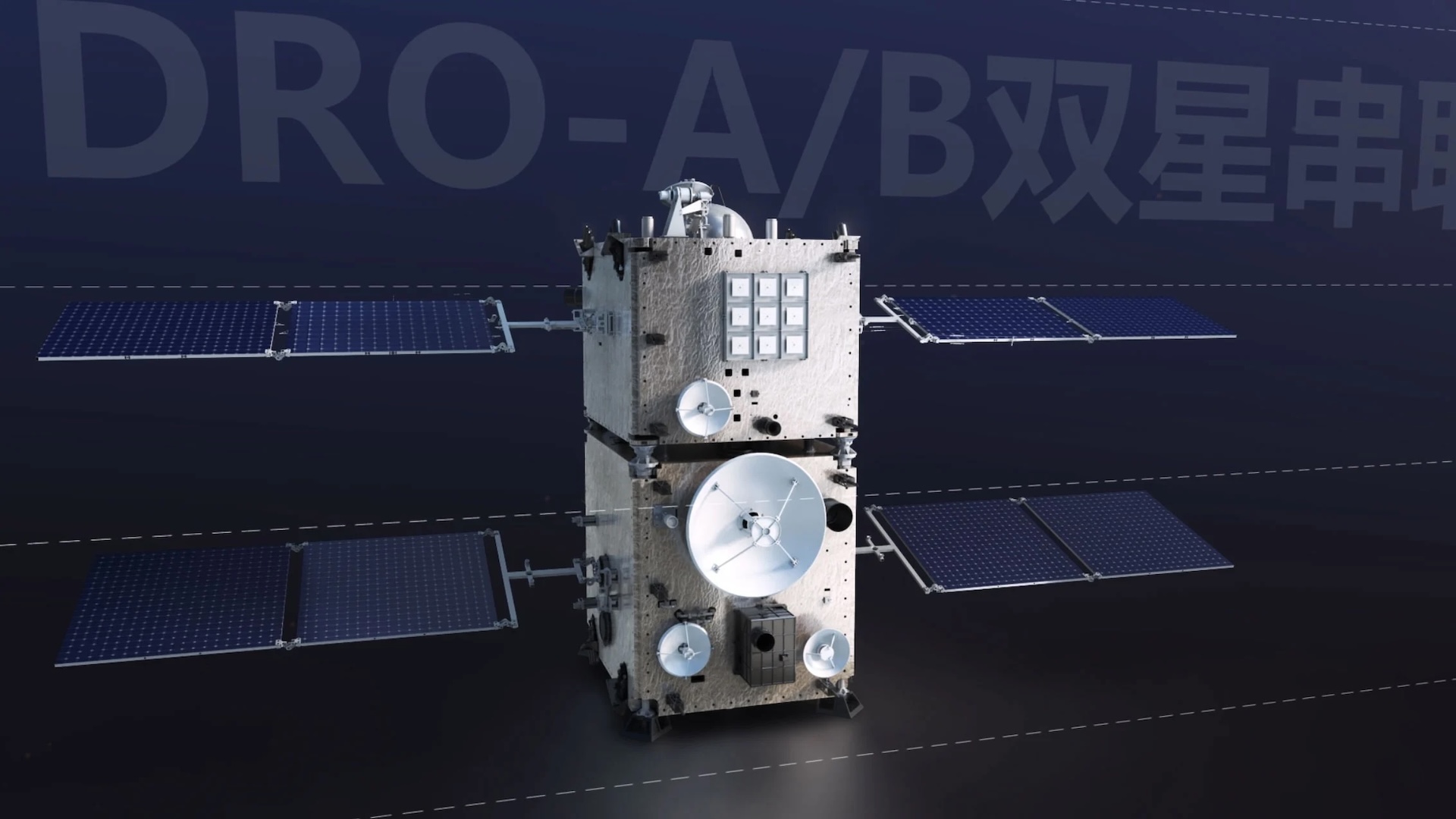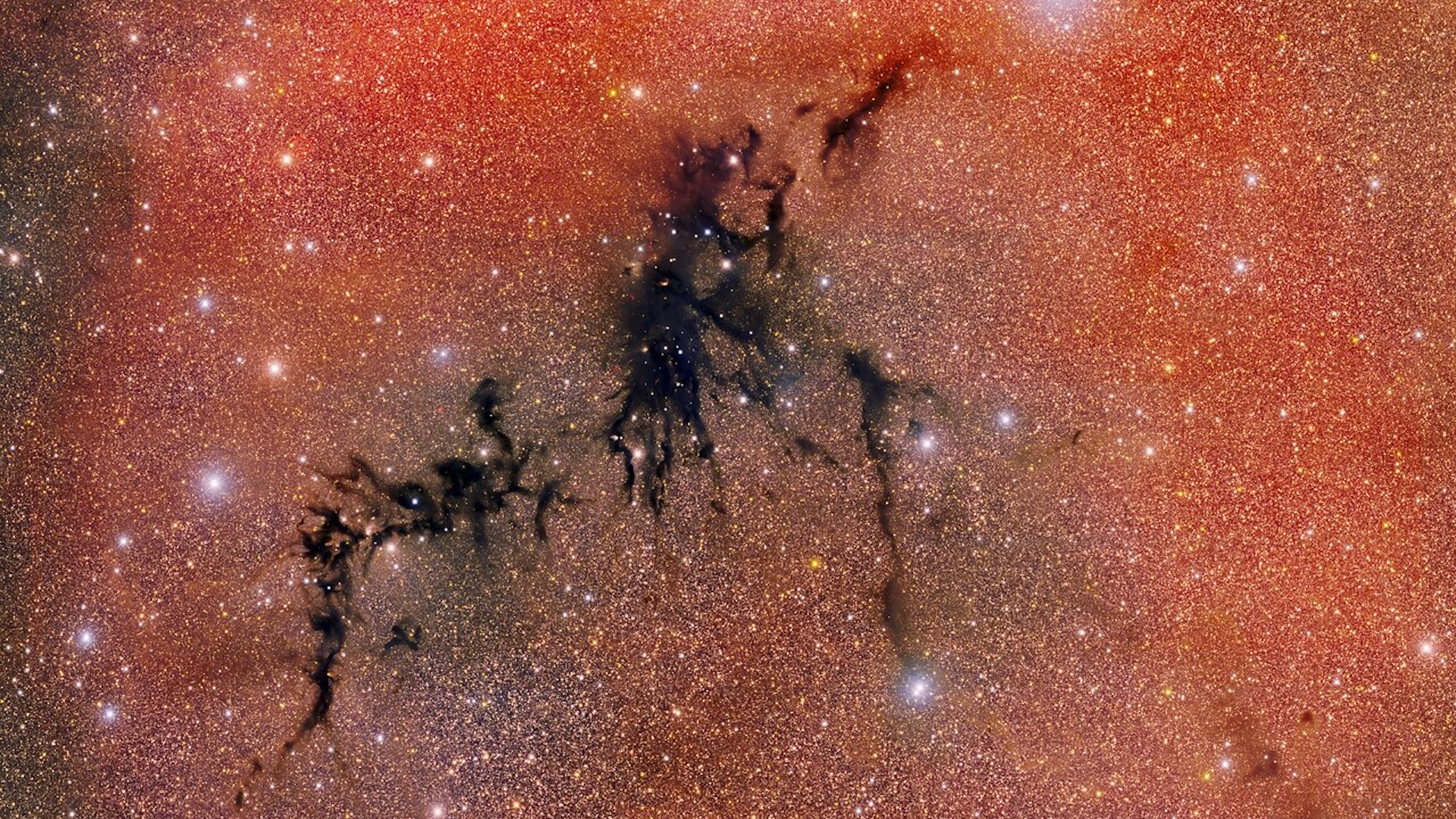Volcanoes like Kīlauea and Mauna Loa don't erupt like we thought they did, scientists discover
The magma that erupts from basaltic volcanoes in the middle of tectonic plates originates from within Earth's mantle — rather than from the outer crust — and is propelled upward by CO2, not water.

Volcanoes that sit within Earth's tectonic plates don't erupt how scientists thought they did. It turns out, magma within these volcanoes is propelled up and out of the ground by carbon dioxide — not by water, as was previously thought, a new study finds.
This magma also shoots up from much deeper reserves than previously estimated, originating in Earth's mantle at depths of 12 to 19 miles (20 to 30 kilometers), rather than in the outer crust, 4 to 8 miles (7 to 13 km) deep.
"This completely changes the paradigm of how these eruptions happen," study co-author Esteban Gazel, a professor of engineering in the Department of Earth and Atmospheric Sciences at Cornell University, said in a statement. "All volcanic models have been dominated by water as the main eruption driver, but water has little to do with these volcanoes. It's carbon dioxide that brings this magma from the deep Earth."
Researchers had already suggested that CO2 may fuel this type of eruption, tipped off by the finding that extremely explosive eruptions don't always have the highest concentrations of water in the lava, but the new study finally confirms this theory.
Related: Iceland's newest volcano is now spewing out tornadoes
The discovery relates to basaltic volcanoes that sit within tectonic plates rather than on their edges. Basaltic volcanoes spew lava that has a lower viscosity than other volcanoes, meaning it is runnier and travels faster. These volcanoes can be highly explosive when they erupt, especially if the lava is relatively cool and whooshes up to the surface rapidly, leading to the formation of crystals that are then flung across the landscape.
Despite making up more than half of the world's volcanoes, basaltic volcanoes are little-studied compared to those that produce viscous lava, according to the new study.
Sign up for the Live Science daily newsletter now
Get the world’s most fascinating discoveries delivered straight to your inbox.
Better planning for future eruptions
Examples of basaltic volcanoes include the Kīlauea and Mauna Loa volcanoes in Hawaii, as well as Pico do Fogo — a volcano on the island of Fogo in the Cabo Verde archipelago in the Atlantic Ocean — which scientists examined in a study published Monday (Aug. 7) in the journal PNAS.
Pico do Fogo is one of the world's most active ocean island volcanoes, with 30 known eruptions since records began in the 15th century, according to the study. The last eruption ended in 2015 after coating runny lava over more than 1.5 square miles (4 square kilometers) of land and two villages.
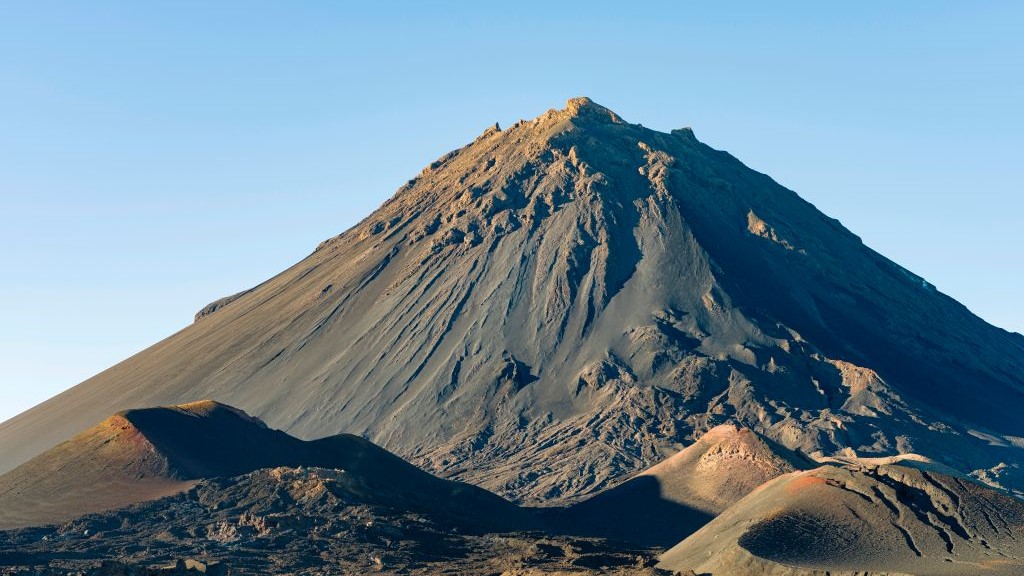
The researchers analyzed the composition of tiny pockets of molten lava trapped in rocks on Fogo and found that they contained high amounts of CO2 that had been crystallized at a pressure consistent with a depth of 12 to 19 miles. This implied that the magma had risen from within the mantle rather than from the crust. Whereas researchers thought the separation of water into gas and liquid propelled magma up through the ground, this process, known as exsolution, occurs in Earth's crust. Taken together, these results indicated that CO2 bubbles drive magma up from deep within the mantle.
"We used to think all the action happened in the crust," Gazel said. "Our data implies that magma comes directly from the mantle — passing fast through the crust."
Study lead author Charlotte DeVitre, now a postdoctoral researcher at the University of California, Berkeley, said in the statement that "at Fogo volcano the magma must be driven up fast by the carbon dioxide and this likely plays a significant role in its explosive behavior." The magma has extremely low viscosity, she noted.
The discovery could help mitigate the danger posed by these eruptions. "As deep magma storage will not be detected by ground deformation until the melt is close to [the] surface, this has important repercussions to our understanding of volcanic hazards," Gazel said. "With precise measurements that tell us where eruptions start, where magmas melt and where they are stored — and what triggers the eruption — we can develop a much better plan for future eruptions."

Sascha is a U.K.-based staff writer at Live Science. She holds a bachelor’s degree in biology from the University of Southampton in England and a master’s degree in science communication from Imperial College London. Her work has appeared in The Guardian and the health website Zoe. Besides writing, she enjoys playing tennis, bread-making and browsing second-hand shops for hidden gems.

